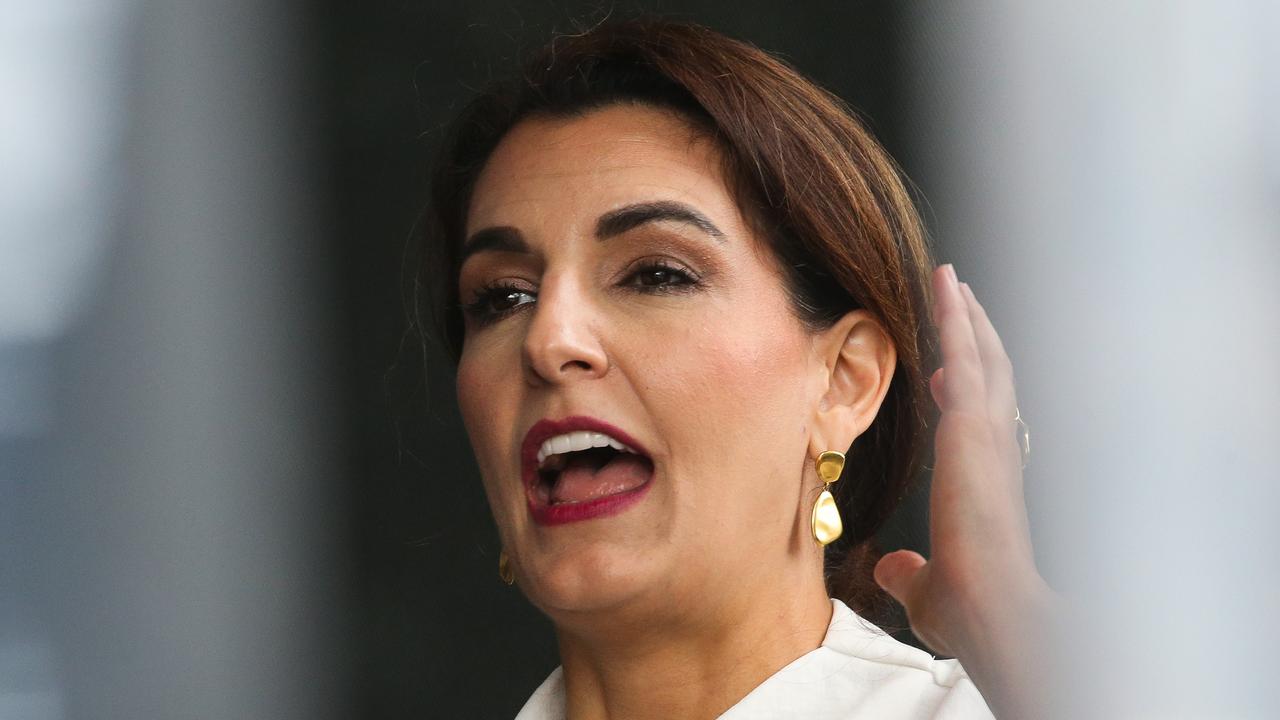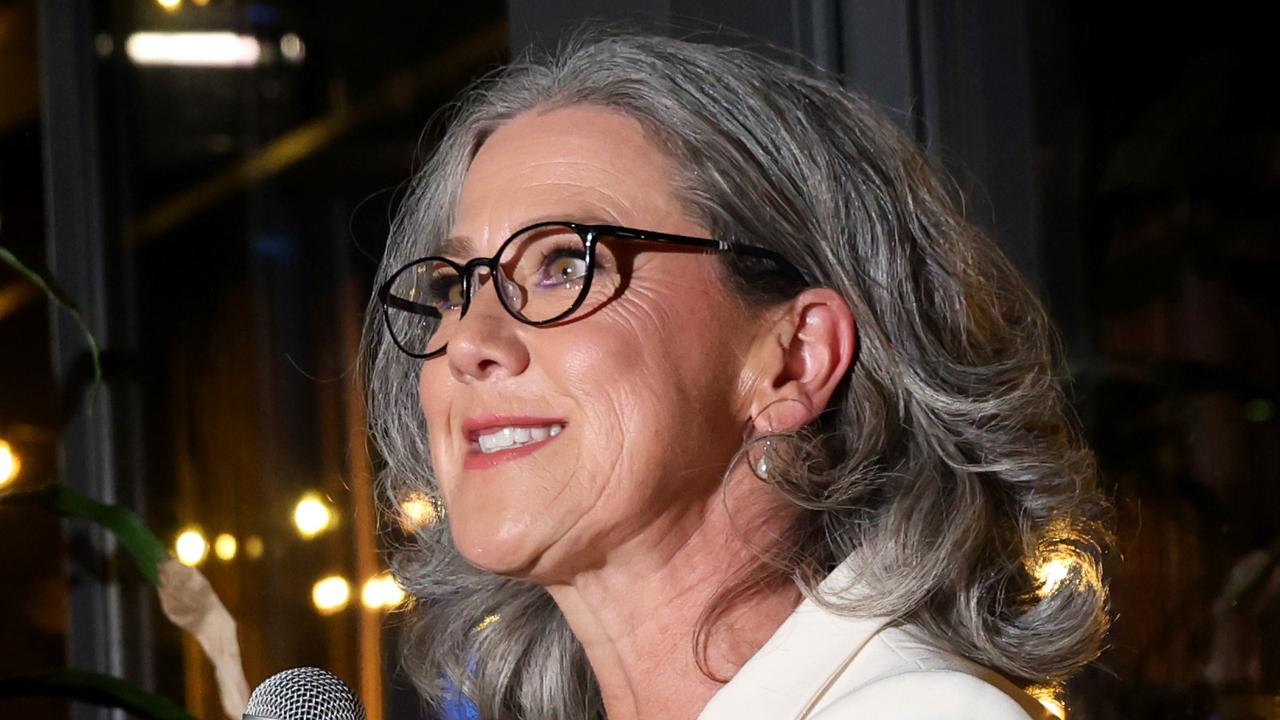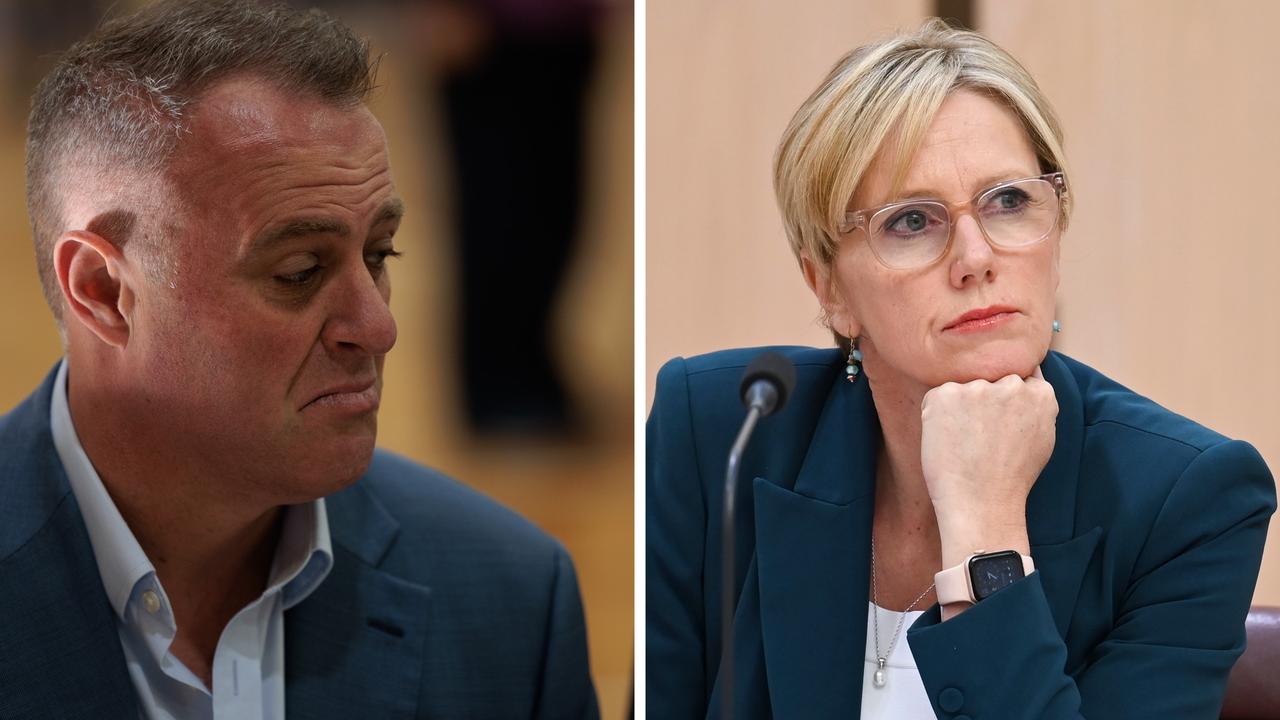Almost 200,000 international students arrived in Australia in February, new data reveals
Almost 200,000 international students arrived in Australia in a one-month period this year as both sides of politics pledge to cut back on migration.
A record-breaking 197,000 international students arrived into Australia in one month, as overseas migration shapes up as a federal election battleground.
New data released by the Australian Bureau of Statistics (ABS) on Friday revealed the number of international students arriving in the month of February jumped 7.3 per cent higher than the pre-pandemic record of 187,900 in 2019.
Traditionally, the number of international students coming into Australia spikes in February ahead of the semester 1 intake at Australian universities.
In the same month, 1.79 million people in total arrived in Australia, while 1.49 million departed.
Short term visitors, those planning to stay for less than a year, fell from 858,000 in 2024 to 788,000 in the same month.
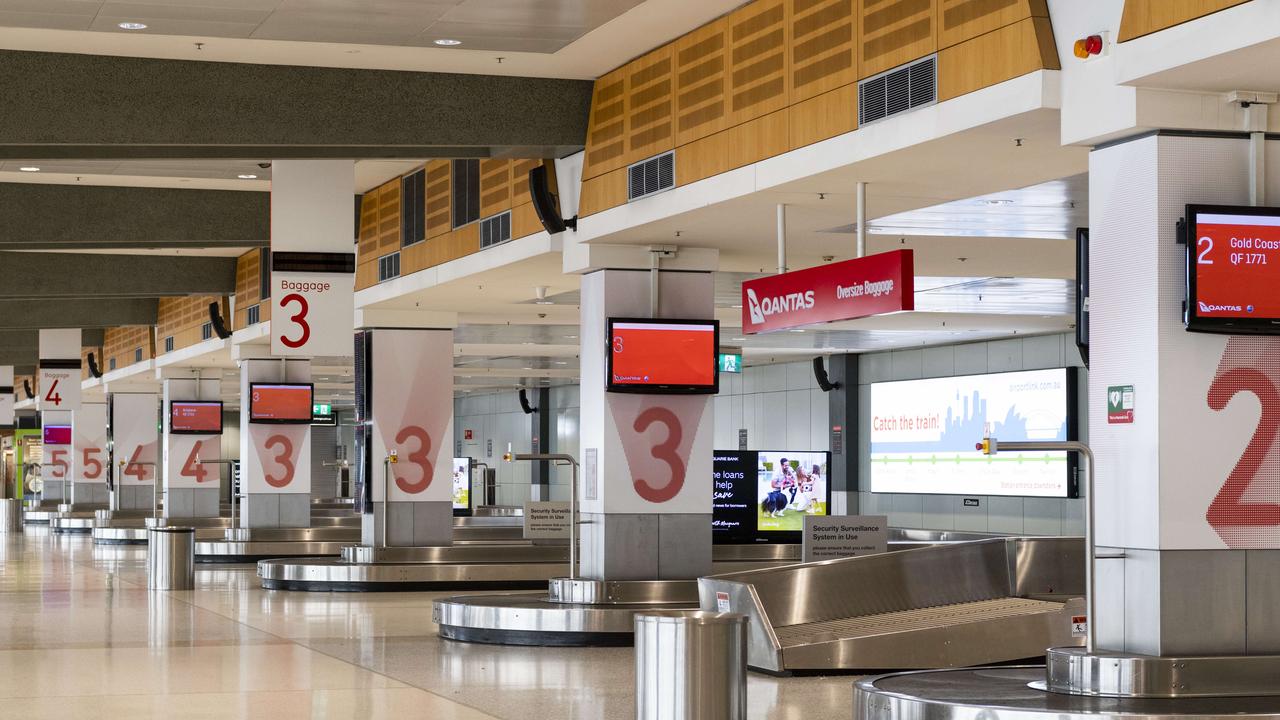
Both major parties have focused on limiting international students arrivals as a mechanism to lower the number of migrants entering annually after a spike following the Covid pandemic years.
Pledging to cap annual foreign students arrivals at 240,000 annually last week, Peter Dutton suggested the move would help ease the housing crisis — labelling housing his “absolute priority”.
“Under Labor, migration has, and will continue to put pressure on housing, infrastructure and services,” he said.
“A Coalition government will restore the dream of home ownership by cutting migration and starting a house building boom.”
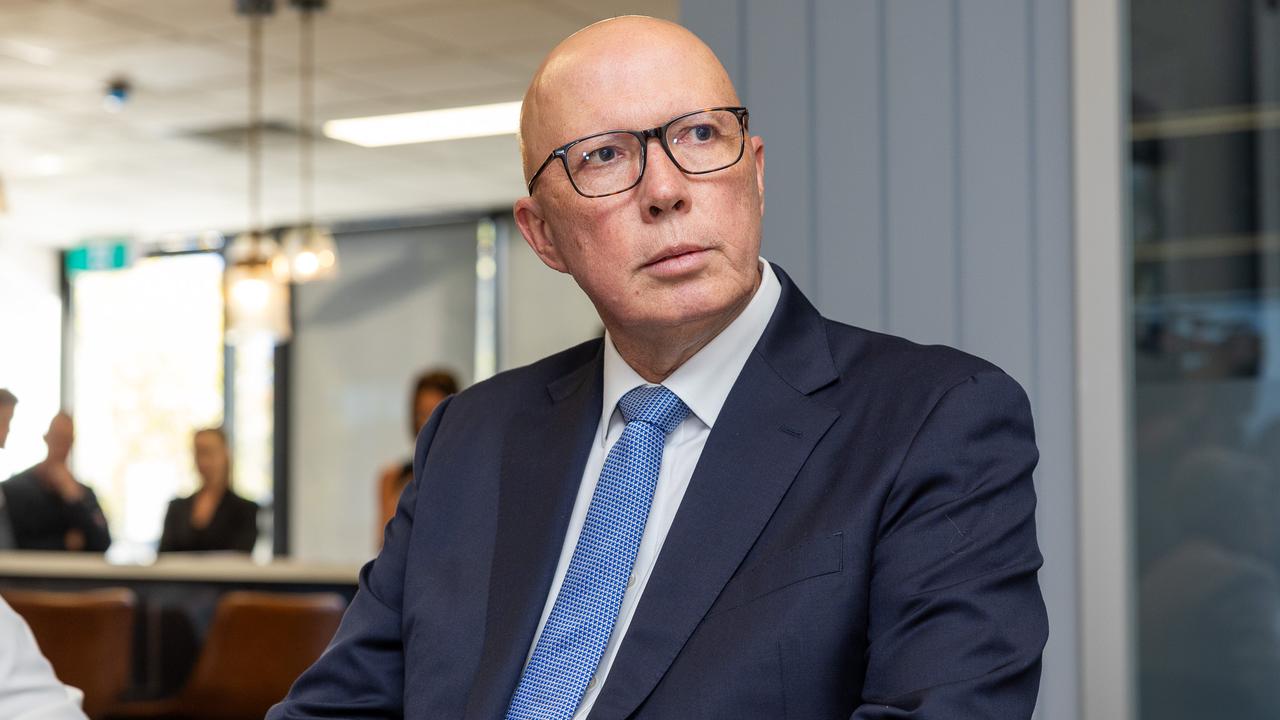
The Opposition Leader said the number of overseas students studying in Australia had soard from 520,000 in the year of the last election to more than 850,000 this year.
The proposal is 30,000 fewer than the cap the Albanese government attempted to legislate last year —a 270,000 person annual limit — but the bill was defeated after the Coalition joined with the Greens to oppose the measure.
Labor then introduced tougher visa restrictions including higher English-language requirements and the doubling of visa fees to $1,600.
On Wednesday, Treasurer Jim Chalmers said the Albanese government had been managing the number of students down to a “more normal level” after a spike in recent years.
“We support the international education sector, but one of the big drivers of the post-Covid spike in net overseas migration was students,” he said.
“What you will see in the budget is we are lowering net overseas migration and we are building more home.”
Universities Australia, the peak body representing the higher education sector, warned the Coalition’s cuts would damage universities and the Australian economy.
“International students contribute over $50 billion to the economy and support more than 250,000 jobs across the country,” chief executive Luke Sheehy said.
“Slashing student numbers by tens of thousands would take a sledgehammer to one of the nation’s biggest income generators.”
Data from the Department of Home Affairs indicates the number of international student visa approvals fell in the first two months of the year, with 53,902 approved in January and February compared to 60,492 in 2024 and 86,590 in 2023.
A University of South Australia study, published in January, suggested international students had been unfairly blamed for the rental crisis.
“International students only constitute a tiny piece of the puzzle in the rental crisis and are not the main competitors in the rental market,” the report stated.
Net overseas migration, the difference between long-term arrivals and departures, reached a record 536,000 in the 2022-2023 financial year, leading both the government and opposition to promise to rein it in.
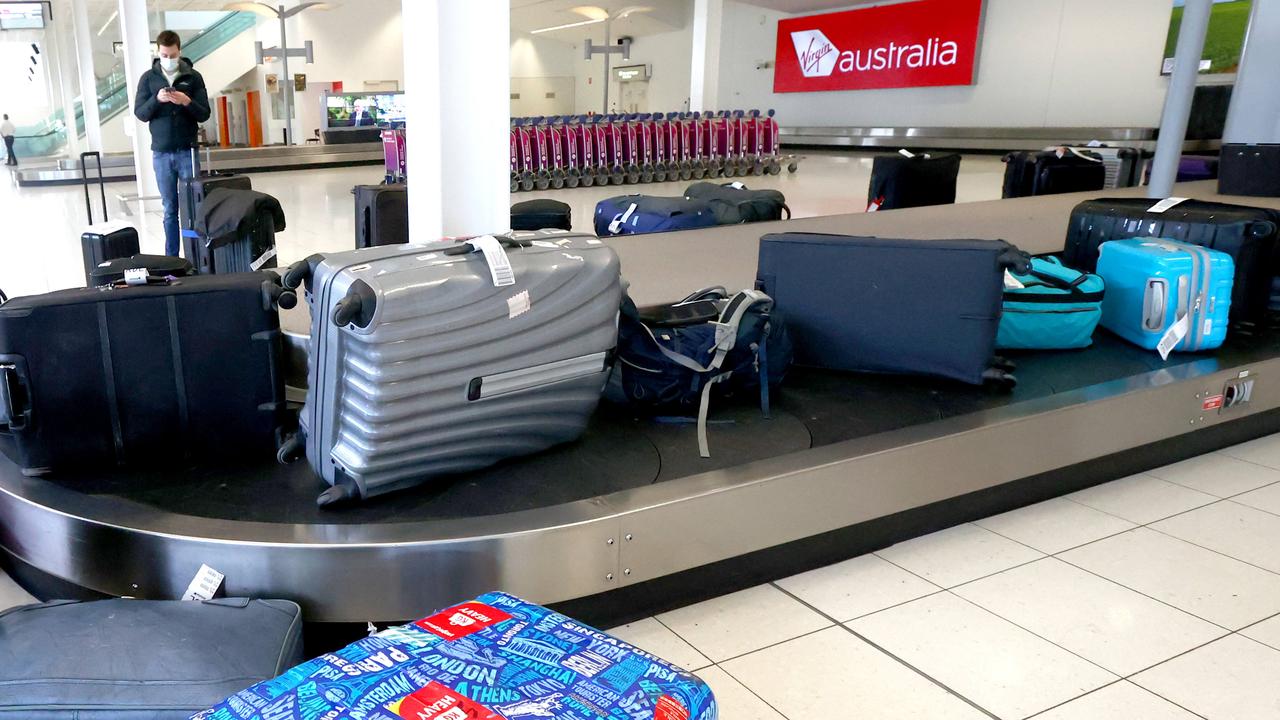
According to the latest data from the ABS, net overseas migration fell to 446,000 in 2023-24 — well above the Albanese government’s target of 395,000.
The largest group of arrivals were foreign students at 207,000 — about half of all migrants arriving into the country over the course of the month.
Research released on Friday by the Institute of Public Affairs, found the population of international students in Australia had risen 191 per cent from 2006 to 2024 — with 608,262 people holding student visas at the end of the 2024 financial year.
“Mainstream Australians have every right to ask whether or not Australia’s migration and international student program, in its current form, is really serving our national interest,” IPA senior fellow Dr Kevin You said.
“Australia has always been a welcoming country, and international students are an important market for our tertiary sector.
“However, our leaders must ensure the intake is sustainable and does not strain scare public infrastructure and services.”


